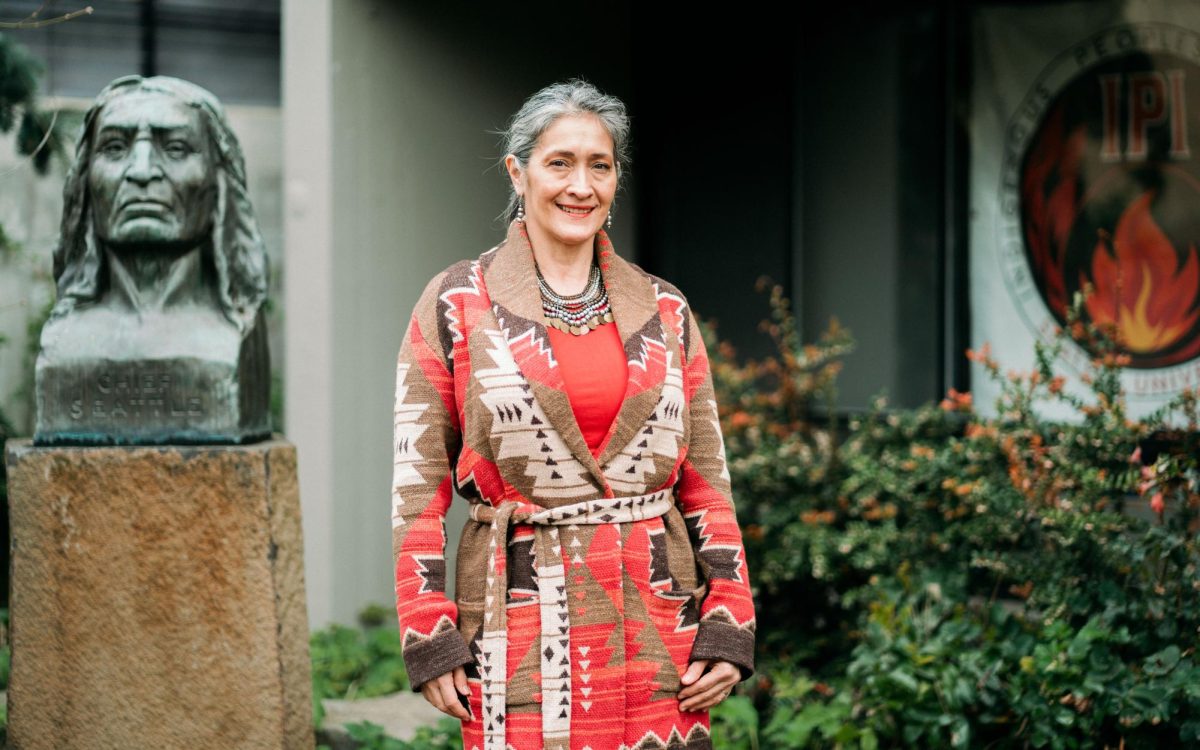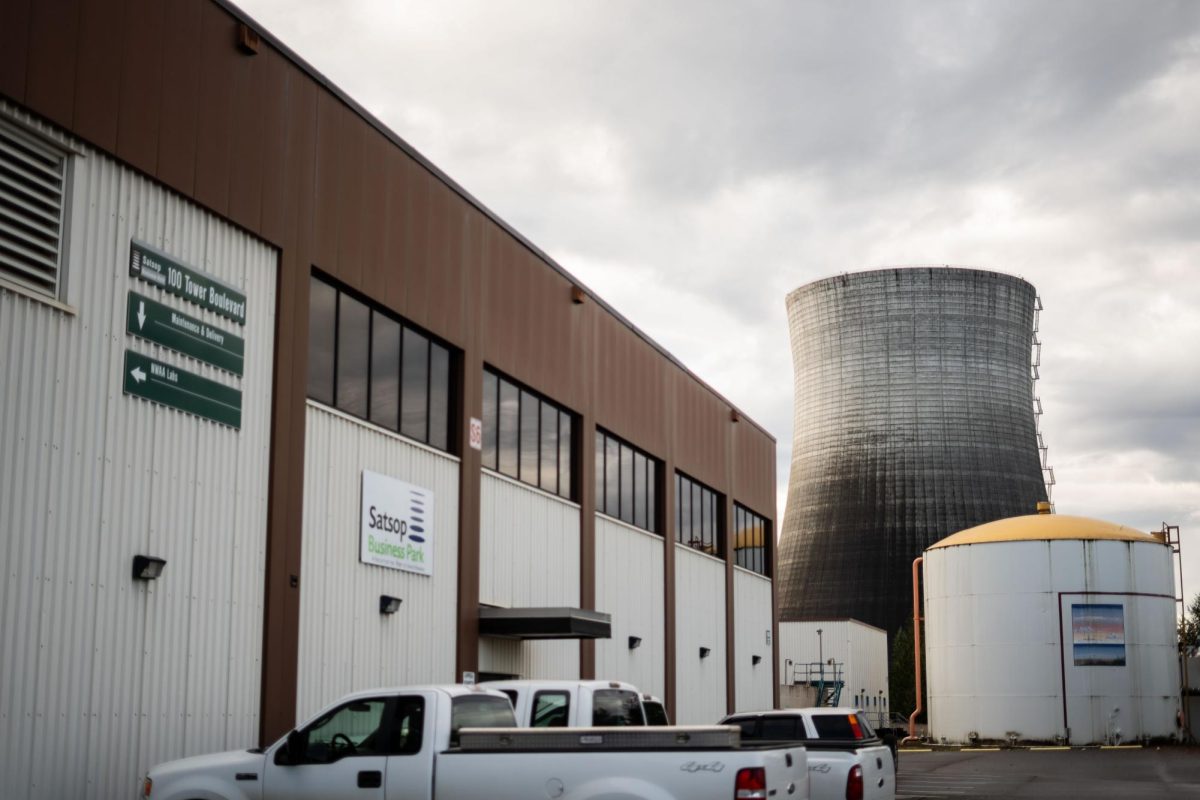Often we think nature is weak, that the damage we’ve caused is irreversible, but scientists are optimistic after salmon were spotted over the summer making their way upstream in the Elwha River, which began its recovery five years ago when two dams blocking its waters were demolished and the 45-mile-long river was set loose across the Olympic Peninsula.
Removal of the Elwha dam and the Glines Canyon dam, respectively built roughly five and 13 miles upstream from where the river empties into the Strait of Juan de Fuca, began in 2011 and was completed less than a year later. Since then, scientists from around the world have rushed in to witness and document the rebirth of a major ecosystem.
Organizations like the National Park Service, the United States Geological Survey and the National Oceanic and Atmospheric Administration (NOAA) have been collaborating to restore the ecosystem surrounding the river. Members of the Lower Elwha Klallam Tribe have played a big role in the project as well, not just in research but in the preservation of cultural artifacts important to the area’s native people.
Wes Lauer, a civil and environmental engineering professor at Seattle University, has been making trips to the Elwha to survey changes in depth and position. He wants to create a computer model to simulate changes in the river’s elevation and sediment texture. During his research trips, as he walks along the secluded riverbank surrounded by lush trees on both sides for miles, Lauer said he often bumps into biologists, geomorphologists and other scientists doing research on the river. Inevitably they stop and chat about their research.
“It’s the happening place for scientists doing this work,” Lauer said.
As with any ecosystem, trees are a crucial ingredient to the vibrancy and vigor of nearby wildlife. Last November the river flooded—the biggest ever flood in the area—uprooting access roads and driving out scientists camping in the area. Once the water receded, the aftermath was telling.
According to Lauer, after years of stagnation, the sediment in the reservoir above the upper dam was replaced by gravel. When the dam was removed, the water level decreased and the edges of the reservoir were revealed, allowing trees and other plants to move closer to the water. However, certain types of trees, like Alders, are not adapted for gravel and can’t survive submersion in water, or simply wash away during floods. But other kinds, like Cottonwoods, are adapted for flood-plain forests.
“You have a system here,” Lauer described the ways in which the forest and the river is transforming itself. “In some places it’s making up for lost time.”
In 2015, during the summer and fall migration season, just one Chinook salmon made it past the former Glines Canyon dam. In August this year, a snorkel team surveyed the riverbed and recorded at least five Steelhead, one Chinook and 13 Sockeye salmon. With radio telemetry used to track and monitor fish throughout the river, these tests together show that roughly 70 Chinook salmon alone have made it past the dam. About 47 Bull trout were spotted by the upper dam site and about 60 “redds”—the nests of returning Chinook salmon—have also been counted this migration season.
“Now we’re starting to see salmon above the upper dam,” said George Pess, a biologist with NOAA’s Northwest Fisheries Science Center, has been researching fish in the Elwha River for 16 years. “That’s very encouraging.”
Pess’ work focuses on the effects of restorative actions on population and habitat growth. Last year, he added, a rock fell near the former Glines Canyon dam site, making it difficult for fish to make their way upstream. To clear the path for salmon to spawn further inland, 14 boulders were demolished last fall and four more this past summer.
“It was powerful to witness the largest dam removal and ecosystem restoration in history,” Interior Secretary Sally Jewell said in a prepared statement for the Riverprize, an annual award meant to recognize efforts to restore rivers. The Elwha Dam removal project was one of the three finalists for the prize.
Jewell wrote in the statement: “The Elwha River restoration is a shining example of what can happen when diverse groups work together to recognize rivers for their many contributions to our culture, economy and environment.”
Nick may be reached at
[email protected]












